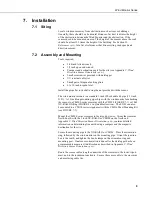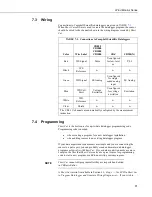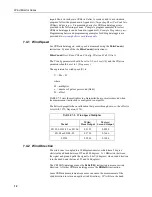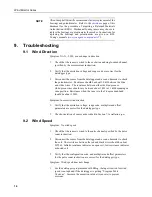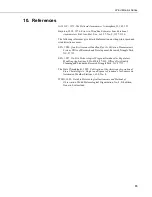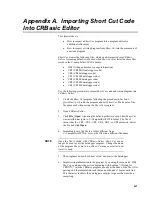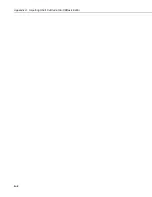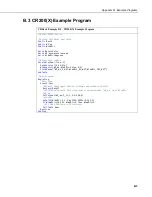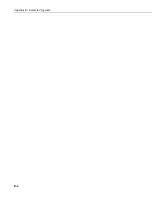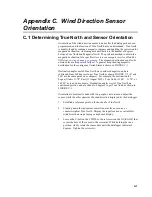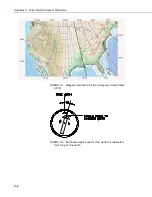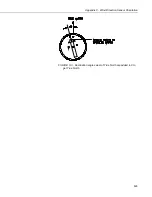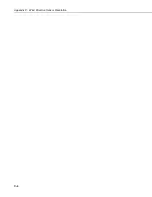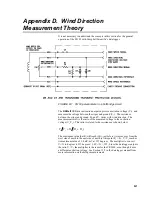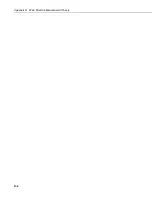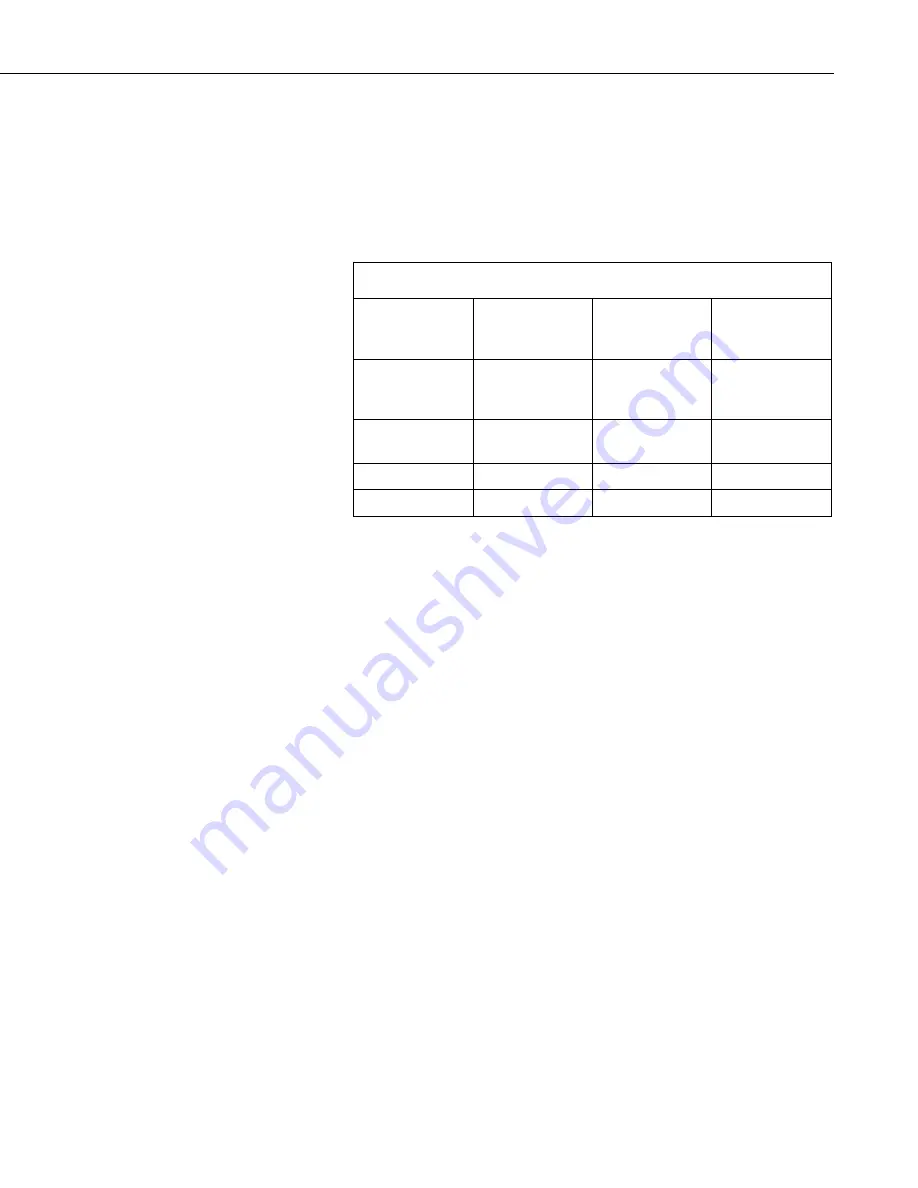
Wind Monitor Series
13
band. To overcome this problem all program examples use a delay of 20 ms
(20,000 μs) and set any negative wind direction values to 0.0: If WindDir < 0,
then WindDir = 0.0.
The excitation voltage, range codes, and multipliers for the different datalogger
types are listed in TABLE
(p. D-1)
, has additional information on the
BRHalf()
measurement
instruction.
TABLE 7-3. Parameters for Wind Direction
CR200(X)
CR6
CR800
CR1000
CR5000,
CR3000
Measurement
Range
2500 mV, slow
2500 mV,
60 Hz, reverse
excitation
5000 mV,
60 Hz, reverse
excitation
Excitation
Voltage
2500 mV
2500 mV
5000 mV
Multiplier
0.142
355
355
Offset
0
0
0
7.4.3 Wind Vector Processing Instruction
The
Wind Vector
output is used to process and store mean wind speed, unit
vector mean wind direction, and
Standard Deviation
of the wind direction
(optional) using the measured wind speed and direction samples.
8. Sensor Maintenance
Every month do a visual/audio inspection of the anemometer at low wind
speeds. Verify that the propeller and wind vane bearing rotate freely. Inspect
the sensor for physical damage.
Replace the anemometer bearings when they become noisy, or the wind speed
threshold increases above an acceptable level. The condition of the bearings
can be checked with R.M. Young’s Propeller Torque Disc (pn 18310) as
described in the R.M. Young manual (see
).
The potentiometer has a life expectancy of fifty million revolutions. As it
becomes worn, the element can produce noisy signals or become non-linear.
Replace the potentiometer when the noise or non-linearity becomes
unacceptable. The condition of the vertical shaft (vane) bearings can be
checked with R.M. Young’s Vane Torque Gauge (pn 18331).
Summary of Contents for Wind Monitor Series
Page 2: ......
Page 6: ......
Page 24: ...Wind Monitor Series 16...
Page 26: ...Appendix A Importing Short Cut Code Into CRBasic Editor A 2...
Page 30: ...Appendix B Example Programs B 4...
Page 34: ...Appendix C Wind Direction Sensor Orientation C 4...
Page 36: ...Appendix D Wind Direction Measurement Theory D 2...
Page 37: ......











